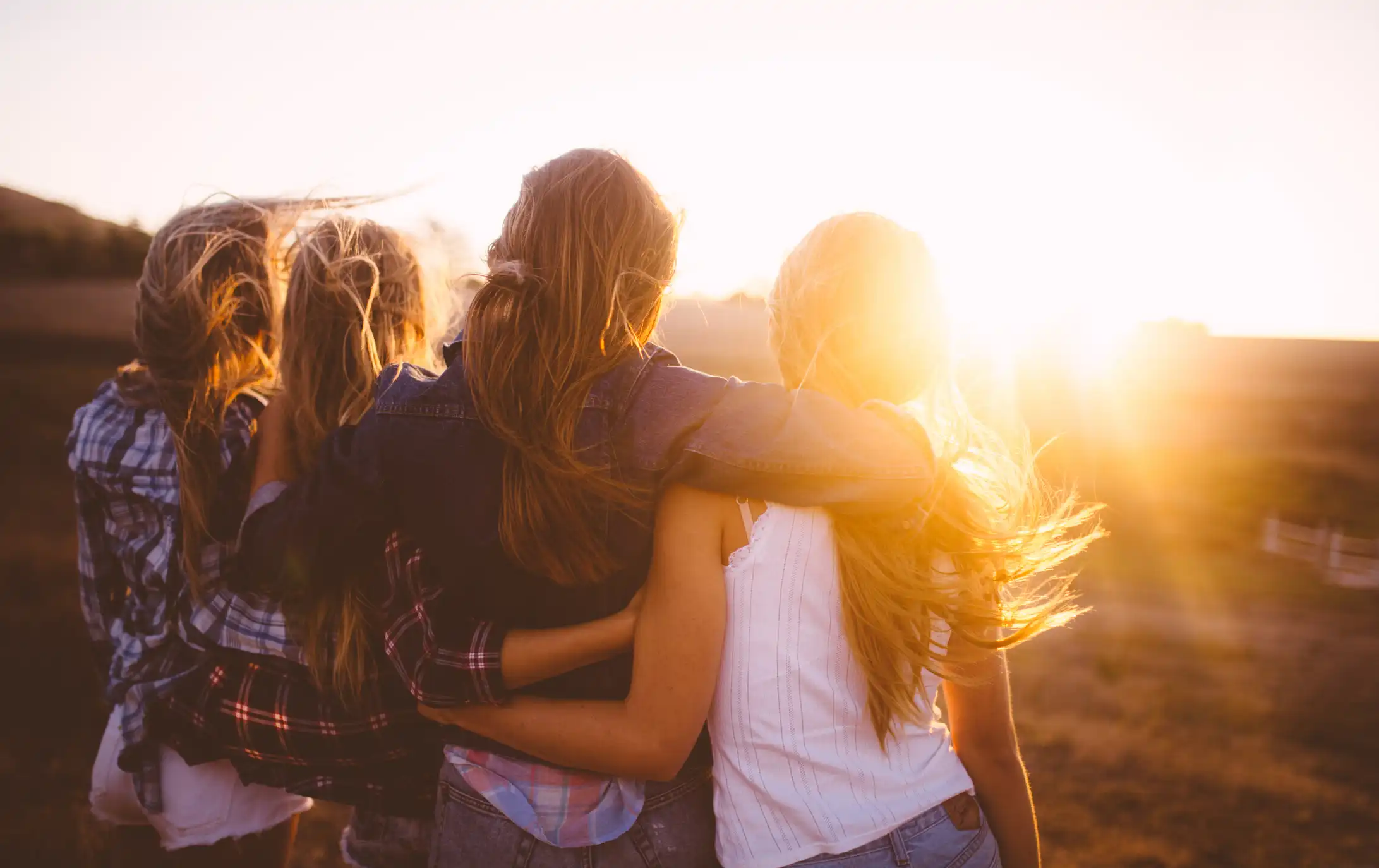
Domestic Violence
Domestic Violence
Domestic violence is a pattern of behaviors used to maintain power and control over an intimate partner. It can happen to anyone, regardless of race, age, relationship status, sexual orientation, religion, or gender.
What Does Abuse Look Like?
Domestic violence can take on numerous forms, including physical abuse, sexual abuse, financial abuse, and emotional abuse. Each form possesses one commonality: the intent to gain or maintain power and control over another person. Often, the person choosing to harm will use a combination of these types of abuse to maintain control.
It isn’t always easy to recognize when you’re in an abusive relationship. Often, the abuse is subtle and gradual. It can emerge and intensify as the relationship grows. It can also be hard to recognize because the abusive behaviors aren’t always constant. There can be many moments of non-abusive and loving behaviors, making it more difficult to identify signs of abuse. It’s also important to understand that domestic violence looks different in every relationship because every relationship is different. Below are some signs of different forms of abuse. Review the questions and if you answer “yes” to any of them, you can call us to talk it through.
Am I Experiencing Physical Abuse?
Does someone in your life…
- Hit, punch, slap, kick, shove or bite you?
- Pull your hair, smother, or choke you?
- Throw objects at you?
- Use weapons against you, such as firearms, knives, mace, bats, or other weapons?
- Abuse or threaten to abuse your pets?
- Harm your children?
- Prevent you from contacting emergency services, such as medical and law enforcement?
- Prevent you from eating or sleeping?
- Destroy your personal property?
- Force you to use drugs or alcohol?
- Prevent you from taking prescriptions or deny you necessary medical treatment?
- Threaten to commit suicide or threaten to kill you?
- Drive recklessly or dangerously when you are in the car with them?
- Prevent you from leaving your home?
If you answered ‘yes’ to even one of these questions, you might be in an unhealthy or abusive relationship. While this is a list of common behaviors, there could be others that are abusive. If you have concerns about anything, please call us at 1.800.770.1650 or text IOWAHELP to 20121.
Am I Experiencing Emotional Abuse?
Does someone in your life…
- Have sudden outbursts of anger or rage?
- Prevent you from going where you want?
- Isolate you from friends, family and other important people in your life?
- Monitor what you do – such as who you see, where you go, and what you do?
- Control what you wear?
- Monitoring your social media and all of your calls and texts?
- Act jealous and possessive and refuse to trust you?
- Insult you or call you derogatory names?
- Intimidate you with guns, knives or other weapons?
- Humiliate you in front of others?
- Turn minor incidents into major arguments?
- Threaten to “out” you to family members, employers, community members, or others?
- Say that no one will help you because of your sexual orientation?
- Tell you that you can never do anything right?
- Tell you that you are a bad parent or threatening to harm or take away your children?
- Prevent you from working or attending school?
- Threaten to commit suicide or threaten to kill you?
- Act like the abuse is not a big deal, deny the abuse or tell you it’s your fault?
- Punish you by withholding affection?
- Cause you to question your own sanity?
- Accuse you of cheating?
If you answered ‘yes’ to even one of these questions, you might be in an unhealthy or abusive relationship. While this is a list of common behaviors, there could be others that are abusive. If you have concerns about anything, please call us at 1.800.770.1650 or text IOWAHELP to 20121.
Am I Experiencing Sexual Abuse?
Does someone in your life…
- Force or manipulate you to have sex or perform sexual acts?
- Refuse to practice safe sex?
- Prevent you from using birth control or making decisions about pregnancy?
- Engage in sexual activity when you’re unable to consent (sleeping, sick, intoxicated)?
- Hurt you during sex?
- Force you to watch or make pornography?
- Involve other people in sexual activities without your consent?
If you answered ‘yes’ to even one of these questions, you might be in an unhealthy or abusive relationship. While this is a list of common behaviors, there could be others that are abusive. If you have concerns about anything, please call us at 1.800.770.1650 or text IOWAHELP to 20121.
Am I Experiencing Financial Abuse?
Does someone in your life…
- Deposit your paycheck into an account you can’t access?
- Deny you access to family assets such as bank accounts, credit cards or car?
- Control all finances and force you to account for what you spend?
- Prevent you from working, limiting the hours you can work, or get you fired?
- Max out credit cards in your name without your permission?
- Not pay credit card bills and ruin your credit score?
- Live with you but refuse to work or contribute to the household?
- Use funds from children’s savings accounts without your permission?
- Force you to provide your tax refund or confiscate joint tax refunds?
- Refuse to provide money for necessary shared expenses like food, clothing, medical care, or transportation?
If you answered ‘yes’ to even one of these questions, you might be in an unhealthy or abusive relationship. While this is a list of common behaviors, there could be others that are abusive. If you have concerns about anything, please call us at 1.800.770.1650 or text IOWAHELP to 20121.
Different Experiences of Abuse
Abuse can manifest differently in each relationship and individual, depending on factors such as the dynamics of the relationship, the abuser’s tactics, and the survivor’s coping mechanisms. Here are some reasons why abuse is different for everyone:
Power and Control Dynamics: Abuse is ultimately about power and control, and abusers use various tactics to exert dominance over their victims. These tactics can range from physical violence to psychological manipulation and may change over time as the abuser seeks to maintain control.
Cultural and Societal Influences: Cultural norms, societal attitudes, and systemic inequalities can all influence the dynamics of abuse within a relationship. Factors such as gender, race, ethnicity, sexual orientation, and socioeconomic status may intersect to shape individuals’ experiences of abuse.
Survivor’s Coping Strategies: Survivors of abuse may develop coping strategies to navigate their circumstances and protect themselves from further harm. These strategies can vary widely and shape the different experiences that each person has.
Trauma Responses: Abuse can have profound and lasting effects on survivors’ mental, emotional, and physical well-being. Individuals may experience symptoms of trauma, such as hypervigilance, anxiety, depression, and post-traumatic stress disorder (PTSD), which can impact their perception of the abuse and their ability to seek help.
Seeking Help
It’s essential to recognize that abuse is never acceptable and that everyone deserves to feel safe and respected in their relationships. If you or someone you know is experiencing abuse, it’s important to reach out for help and support. We are here to provide resources, guidance, and advocacy to survivors of abuse.
Call us at 1.800.770.165 or text IOWAHELP to 20121.

